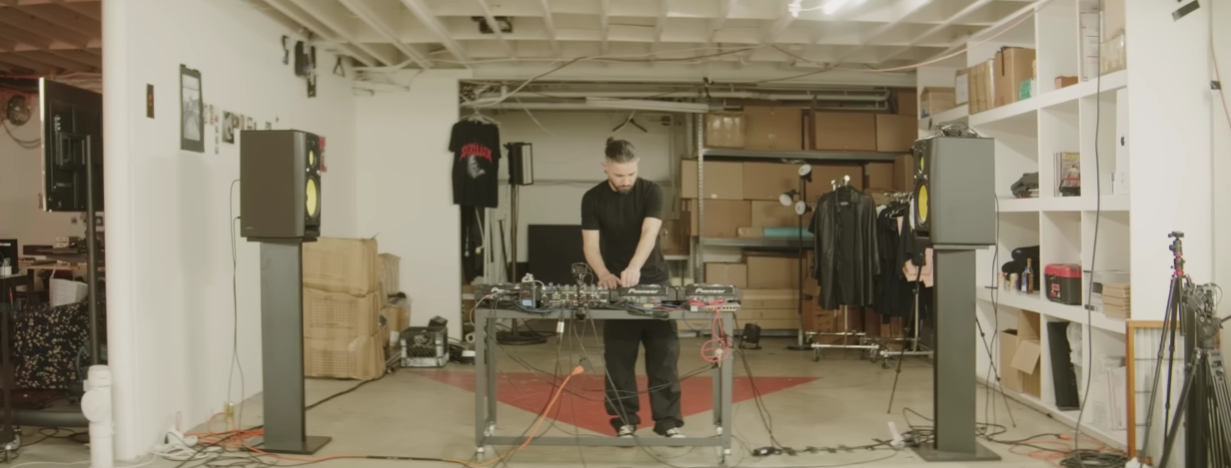The art of DJing has evolved dramatically over the past few decades. From vinyl-only sets to sophisticated software-based systems, DJs now have a vast array of tools at their disposal. Yet one core skill remains as valuable today as ever: the ability to beatmatch by ear. Even with modern sync functions readily available on many DJ controllers and applications, manual beatmatching is still an essential technique for crafting unique transitions, mastering music flow, and developing a keen sense of timing.
What We'll Cover
This guide will walk you through the fundamental steps for learning how to beatmatch, updated with insights for 2025. You’ll learn how to apply timeless principles to cutting-edge DJ technology and where to find some of the best tools available on Amazon right now. By the end of this article, you’ll have the confidence to hone your beatmatching skills—whether you’re spinning on classic turntables, digital controllers, or a combination of both.
Top 5 DJ Essentials on Amazon
Before delving into the core techniques, let’s take a quick look at five highly rated DJ products on Amazon. These picks cater to different budgets and preferences, helping you build a versatile setup that supports your beatmatching journey:
Pioneer DJ DDJ-800 Controller

Advanced super-fast search
Buttons for key shift and Key sync
Sound color FX and beat FX
Product Type: Sound And Recording Equipment
A compact yet feature-packed controller with professional effects, performance pads, and precise jog wheels. Perfect for intermediate and advanced DJs looking for portability without sacrificing quality.
Technics SL-1200MK7 Turntable

(2) SL-1200MK7 Direct Drive Professional Turntable (Silver)
HD09 Headphones
A modern update to the legendary SL-1200 series, celebrated for its robust build, precise motor, and timeless design. Ideal for vinyl purists who want a no-nonsense turntable built to last.
Sennheiser HD 25 Headphones

High sensitivity due to lightweight aluminium voice coils
Capable of handling very high sound pressure levels
Very lightweight and comfortable, even if used for long periods of time
Tough, detachab...
Known for their clarity, durability, and excellent isolation, the HD 25s have remained the DJ industry standard for decades. Reliable and lightweight, they’ll help you accurately hear your mix.
Pioneer DJM-450 Mixer

2-channel DJ Mixer with Onboard 24-bit Audio Interface
Rekordbox dj/rekordbox DVS Software
Sound Color FX
Sound Col FX
3-b EQs
A two-channel mixer with pro-grade features like Sound Color FX and Beat FX. It offers a familiar layout and smooth channel faders for seamless transitions, whether you're using vinyl or digital inputs.
Audio-Technica AT-LP120X Turntable

Experience the high-fidelity audio of vinyl
Direct-drive, DC servo motor
Fully manual operation
Adjustable dynamic anti-skate control
Selectable 33/45/78 RPM speeds
A more budget-friendly direct-drive turntable that’s great for beginners. It offers adjustable pitch control, USB output for recording, and a rugged construction suitable for learning the ropes of vinyl DJing.
The Importance of Beatmatching

In an era where digital DJ software can automatically analyze a track’s tempo and sync it to the beatgrid with the press of a button, some might question why manual beatmatching still matters. The answer is simple: skillful DJs want full control over their mixes. Whether you’re playing for a small gathering of close friends or an epic festival crowd, manually beatmatching gives your transitions a personal touch and allows you to adapt in real time to the energy in the room.
By developing your ear for tempo, you become less reliant on software readouts and more in tune with subtle changes in rhythm or cadence. This attentiveness ultimately leads to a deeper understanding of music structure, improved crowd engagement, and the ability to pull off creative transitions in unexpected ways. Beatmatching is not a relic—it’s a vital foundation for crafting memorable DJ sets in 2025 and beyond.
Step-by-Step Beatmatching Guide
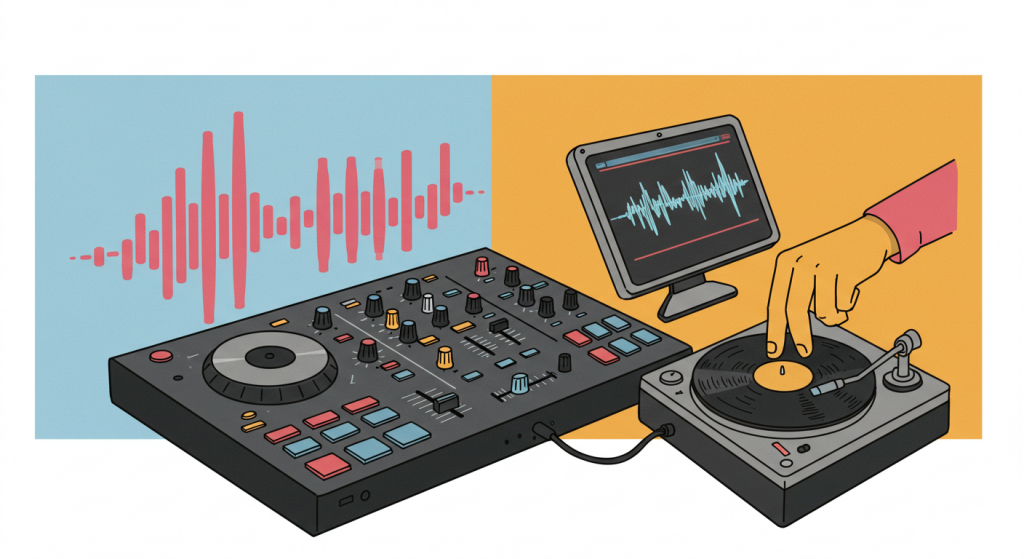
The following exercise builds on a time-honored tradition of learning how to keep two records (or digital tracks) in sync, and it’s just as relevant in 2025 as it was decades ago. Feel free to adapt this to CDJs or software controllers—the principle remains the same:
- Gather Two Identical Tracks: If you’re starting on vinyl, head to your local record shop or find an online marketplace and buy two copies of the same record. Having identical pressings makes it easier to hear when two songs are perfectly in sync. For digital DJs, you can simply load the same digital file on both decks. In either case, aim for a track with a strong, clearly defined bass drum to help you lock in the beat (classic trance or techno tracks from artists like Paul van Dyk remain solid choices).
- Set Up Your Mixer: Center your crossfader so you can hear both decks equally if you’re practicing open-ear mixing (speakers only), or set the crossfader to one side if you plan to monitor Deck B with your headphones. Make sure your levels are properly set, and your gain staging is in order so you can hear everything clearly without distortion.
- Start the First Track: Begin playback on Deck A. Pay close attention to the beat, counting along with the bass drums to establish a steady rhythm in your head. This helps you internalize the track’s BPM and anticipate the next beat.
- Cue Up the Second Track: With Deck B cued, use your hand to spin the platter or jog wheel in time with Deck A’s beat. This step is critical: matching the initial downbeat of each measure to ensure both tracks start at the same point.
- Release and Adjust: Once you’ve got the downbeat lined up, let go of the platter (or jog wheel) at the precise moment you’d like Deck B to play. Listen closely. If Deck B starts to drift ahead, gently slow it by touching the platter or jog wheel. If it lags, nudge it forward with the spindle or the edge of the record. The goal is to keep them locked without significant drifting.
- Fine-Tune with Pitch Control: If you find yourself continuously adjusting Deck B, it’s a sign that you need to use the pitch fader. Speed the track up or slow it down slightly until the two tracks stay in sync for longer periods. Fine-tuning pitch by ear is a skill that takes time and practice, but it’s crucial for smooth mixing.
- Practice Headphone Mixing: Next, move your crossfader fully to Deck A so your audience or your main speakers only hear Deck A. Switch your headphone cue to Deck B. Attempt the same process, but this time you’ll hear Deck B in your headphones, mixing it in gradually as you perfect the alignment. Aim for seamless transitions with no noticeable beat jumps.
- Move On to Different Tracks: Once you can consistently beatmatch two identical tracks, challenge yourself with tracks that have similar BPMs but different drum patterns or melodies. This step trains your ear to handle subtle differences and stay focused on the core bass beat. Eventually, mix from one track into another with a completely different style or energy to really test your skills.
Advanced Tips for 2025
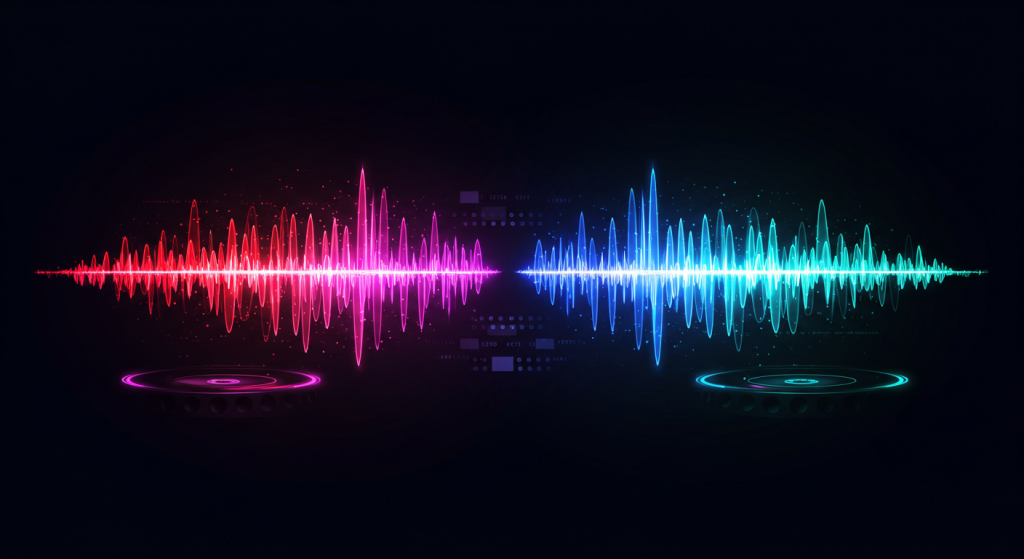
- Use Visual Aids Sparingly: Modern DJ software often shows waveforms and beat grids. While these tools can be helpful, avoid over-relying on them. Trust your ears first, and only refer to visuals as a backup.
- Experiment with Effects: Incorporate echo, reverb, or filter sweeps to mask slight timing inconsistencies as you blend tracks. Subtle effects can add flavor to your transitions.
- Stay Flexible: Crowd energy can fluctuate. Don’t be afraid to experiment with quick mixes or extended blends, depending on how the audience responds. True proficiency in beatmatching allows you to adapt on the fly.
Conclusion
The essence of DJing has always been about connecting people through music. While technology in 2025 allows for automated mixing and advanced features, manual beatmatching remains a foundational skill. It cultivates a deep awareness of tempo, musical structure, and audience dynamics that no algorithm can replicate. By following the step-by-step guide outlined above, you’ll develop a refined ear and the confidence to handle unexpected mixing scenarios, whether you’re spinning vinyl, digital files, or streaming tracks directly from the cloud.
As you continue to practice, remember that beatmatching is only one piece of the puzzle. A truly captivating DJ also considers track selection, timing, and the ability to read a crowd. Combine those elements with a solid beatmatching technique, and you’ll have the key to delivering unforgettable performances. Now, grab your preferred gear—be it old-school turntables or the latest controller—and start weaving seamless sets that keep the dancefloor moving all night long.
The responses below are not provided, commissioned, reviewed, approved, or otherwise endorsed by any financial entity or advertiser. It is not the advertiser’s responsibility to ensure all posts and/or questions are answered.




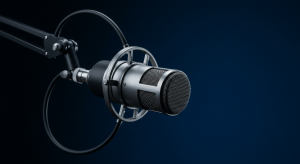
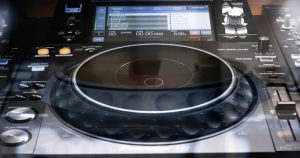
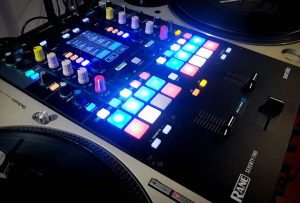
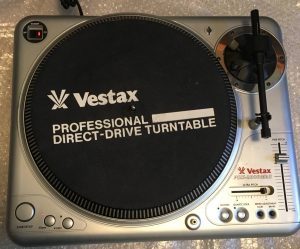
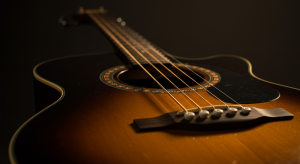
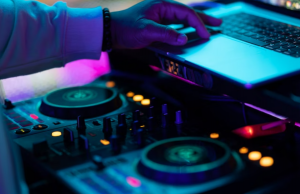
![Top DJ software for Live Performances and Gigs [2024]](/assets/images/e3802ce366623687d91ac7df2186a9ea.png)
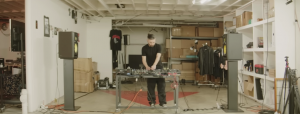




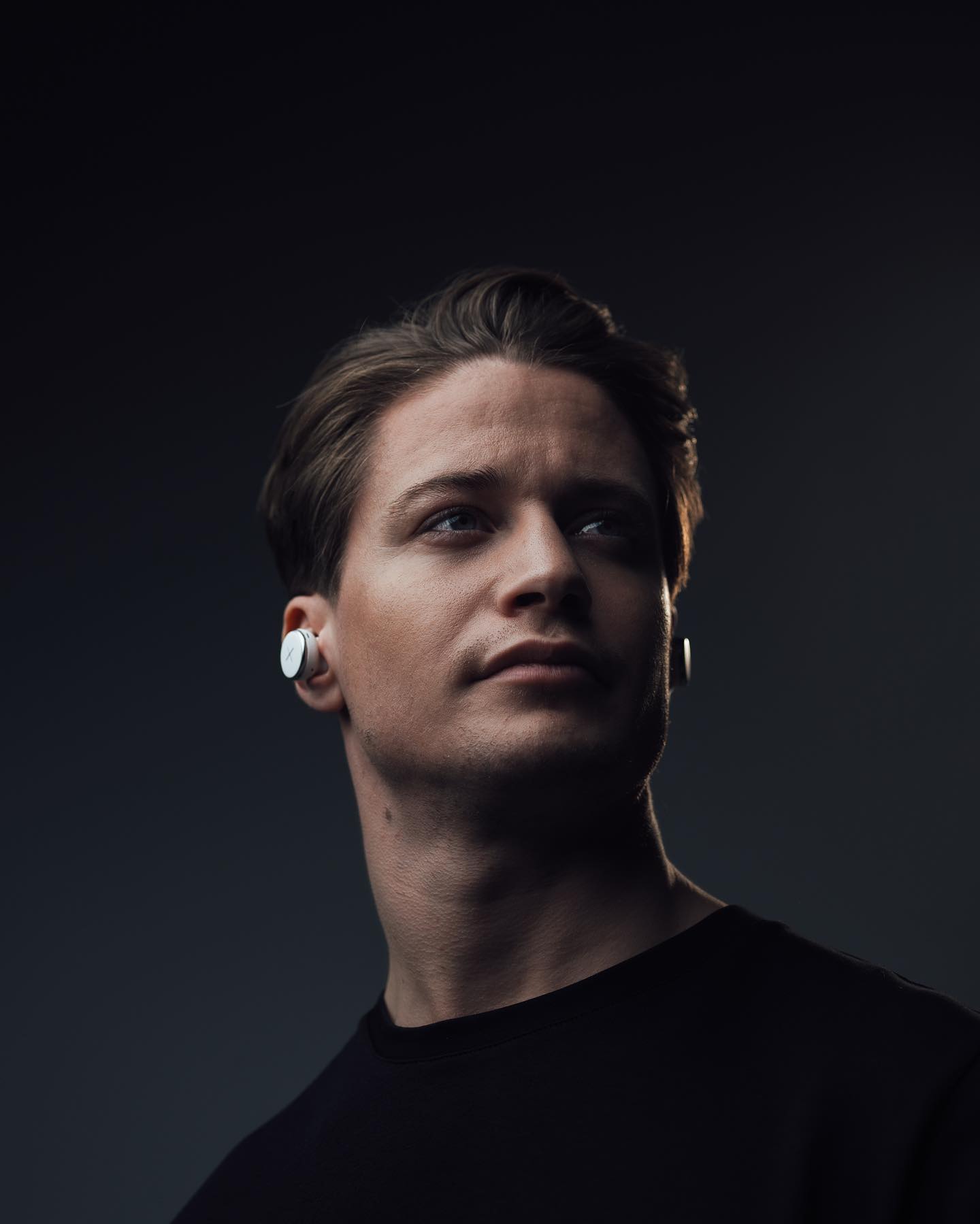


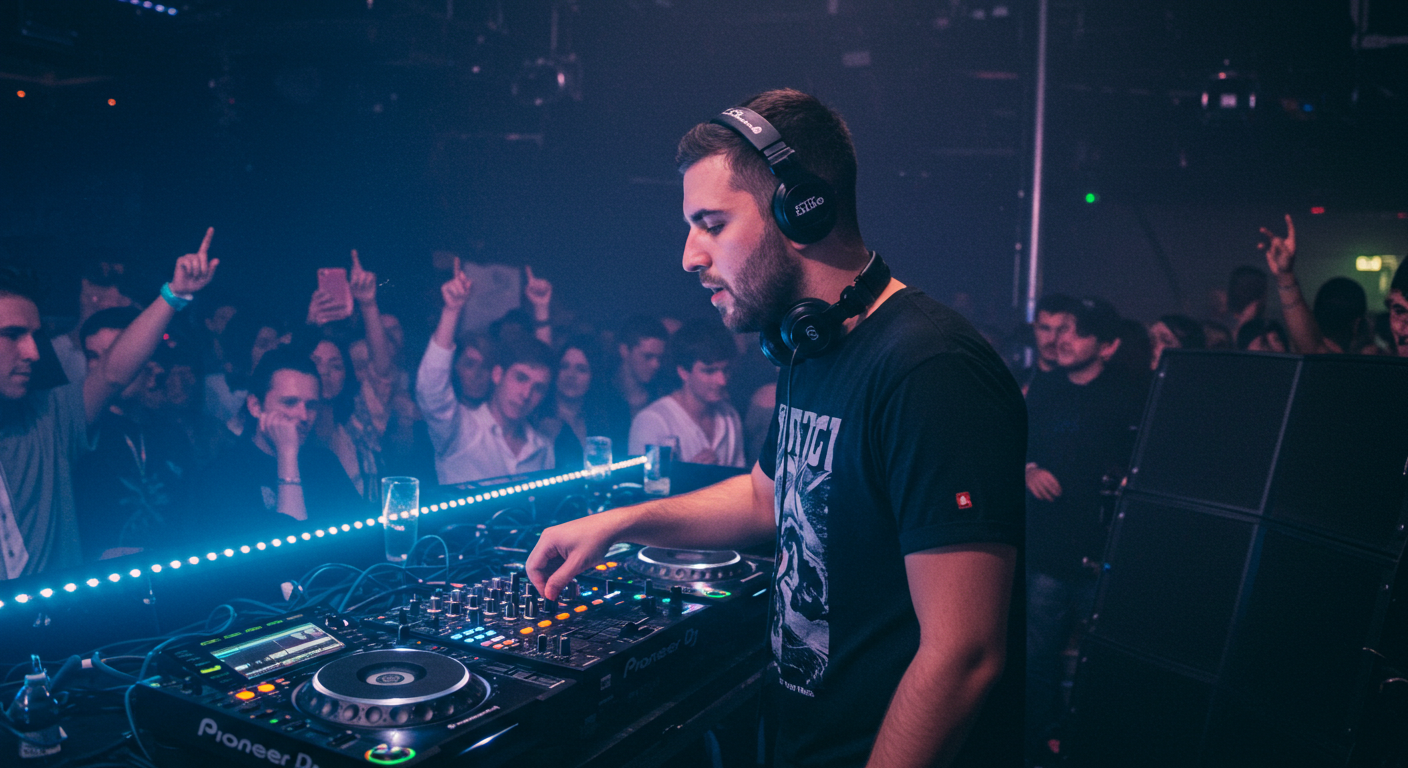
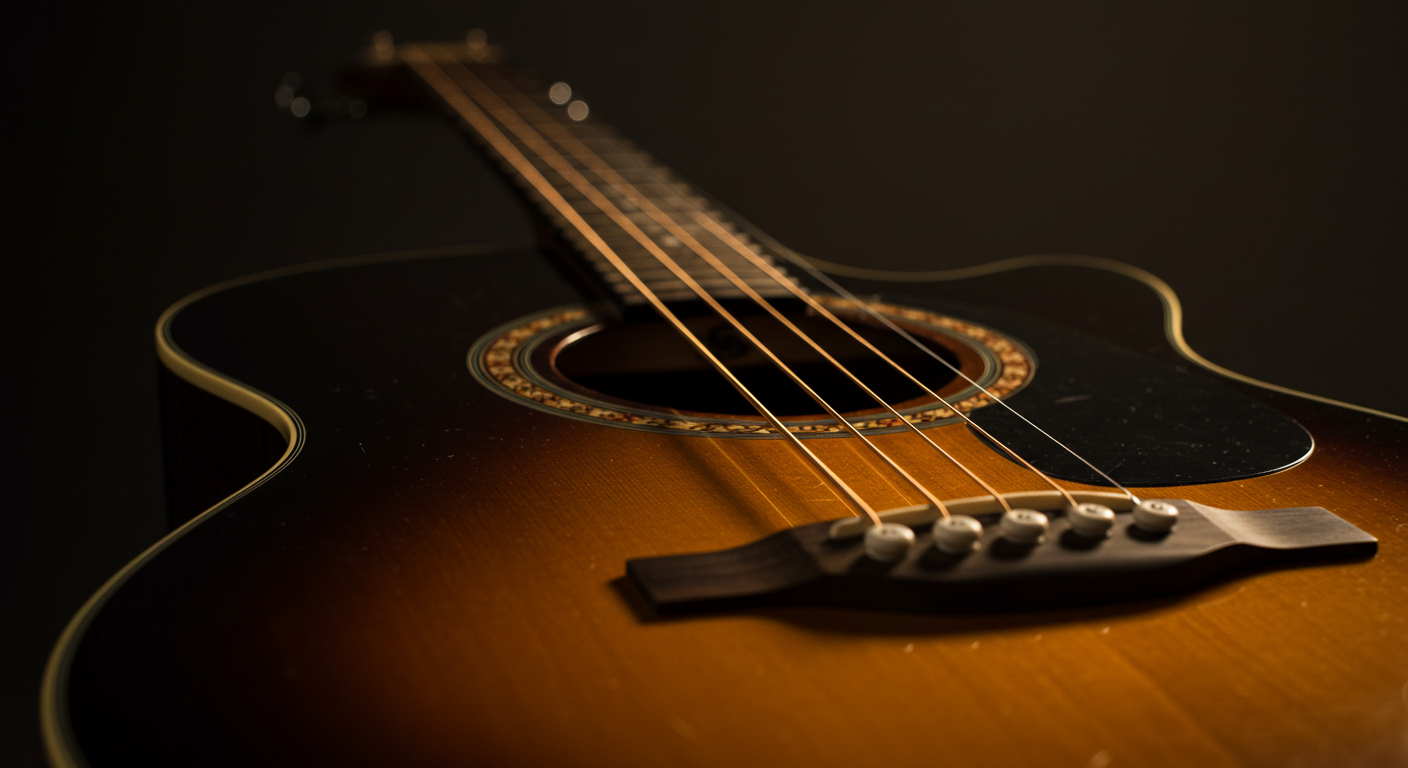

![Top DJ Software and Music Streaming Alternatives to Spotify [2024]](/assets/images/78523423627228ce1b9cdcc4d9b2a79b.png)
